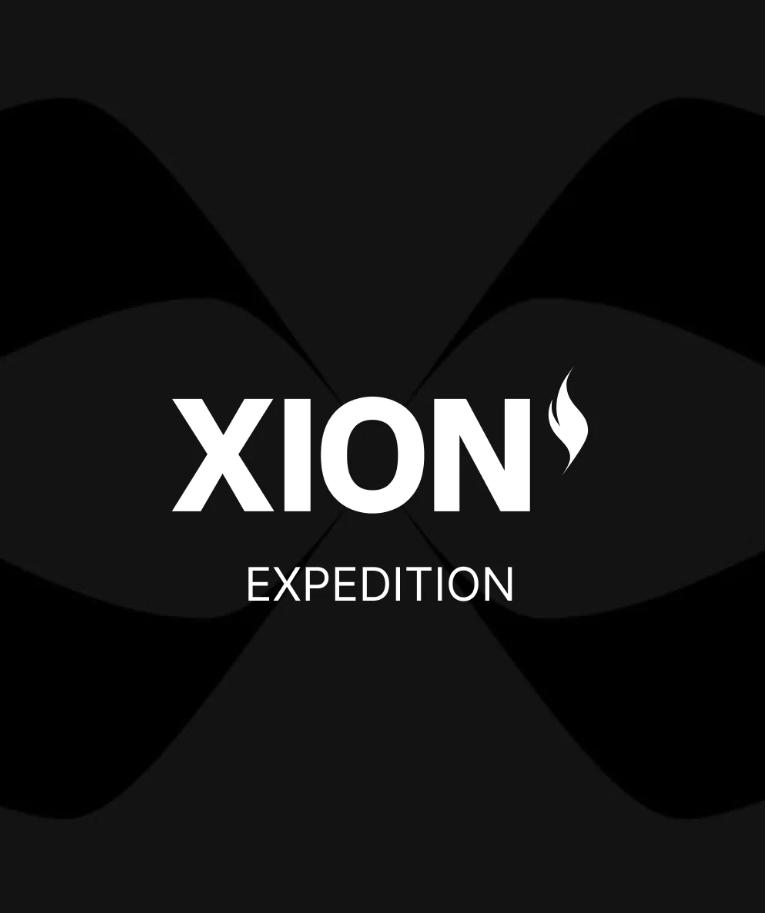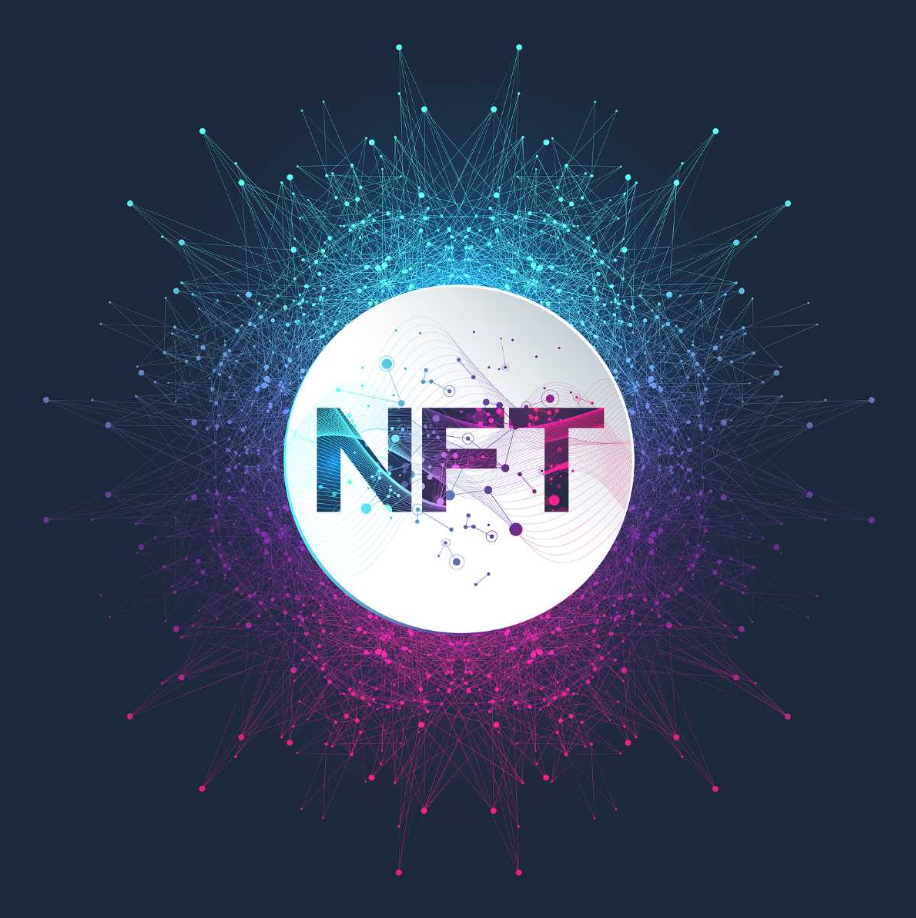Harris & Trotter LLP, a prestigious accountancy titan, is taking a monumental step to magnify trust and transparency in the digital world. Their recent announcement of collaborating with Chainlink for third-party attestations to Chainlink Proof of Reserve is making waves in the onchain finance arena. The digital asset community is buzzing about this partnership's potential to facilitate the widespread embrace of tokenized real-world assets.
With a deep-rooted 85-year history, Harris & Trotter, since its digital plunge in 2017, has soared as a digital asset maven. Stationed in the heart of London, they serve an elite global roster and cater to crypto behemoths like 1inch and Blockchain.com. Their trailblazing tools, including an NFT royalties audit script, accentuate their prowess.
Chainlink's Proof of Reserve is a brainchild designed to confirm assets’ reserves. Harris & Trotter’s role? Computing offchain assets’ combined value and attesting to the reserve value. They've also introduced a state-of-the-art automated solution that integrates effortlessly with Chainlink Proof of Reserve to fetch attestation data onchain.
Chainlink's standout feature? Its real-time, automated on-chain attestations, which abolish tedious manual processes. Plus, its fully decentralized oracle node model ensures no single point of vulnerability while offering complete transparency.
Nicholas Newman from Harris & Trotter conveys his exhilaration, emphasizing Chainlink Proof of Reserve as a linchpin for onchain finance. Max Melcher of Chainlink Labs applauds Harris & Trotter’s role, highlighting the benefits of high-quality, transparent data for stronger assurances in onchain assets.
Harris & Trotter, already a global force in Web 3.0 services, amplifies its offerings through this partnership, catering to a vast clientele, from DeFi protocols to NFT artists. With Chainlink's unparalleled tech combined with Harris & Trotter's dedication to transparency, this alliance holds the promise of reinforcing the bedrock of onchain finance, setting the stage for a larger acceptance of tokenized real-world assets.







